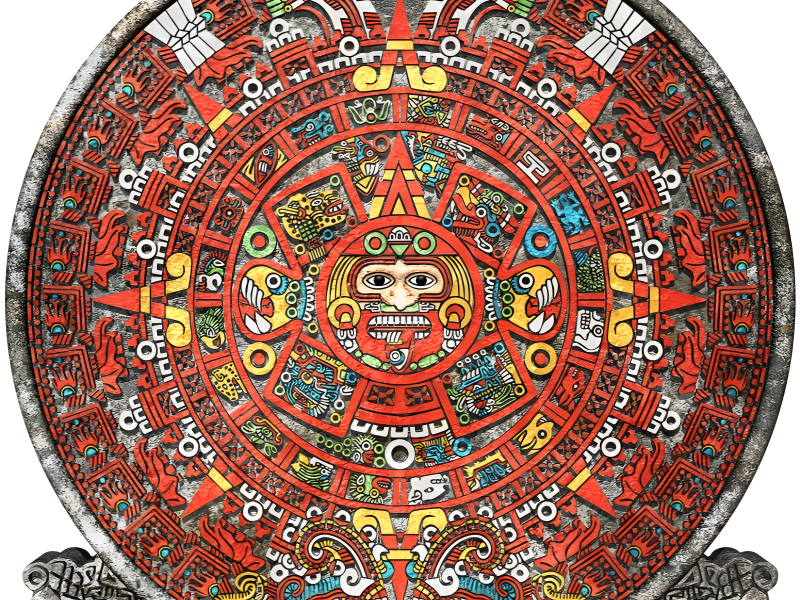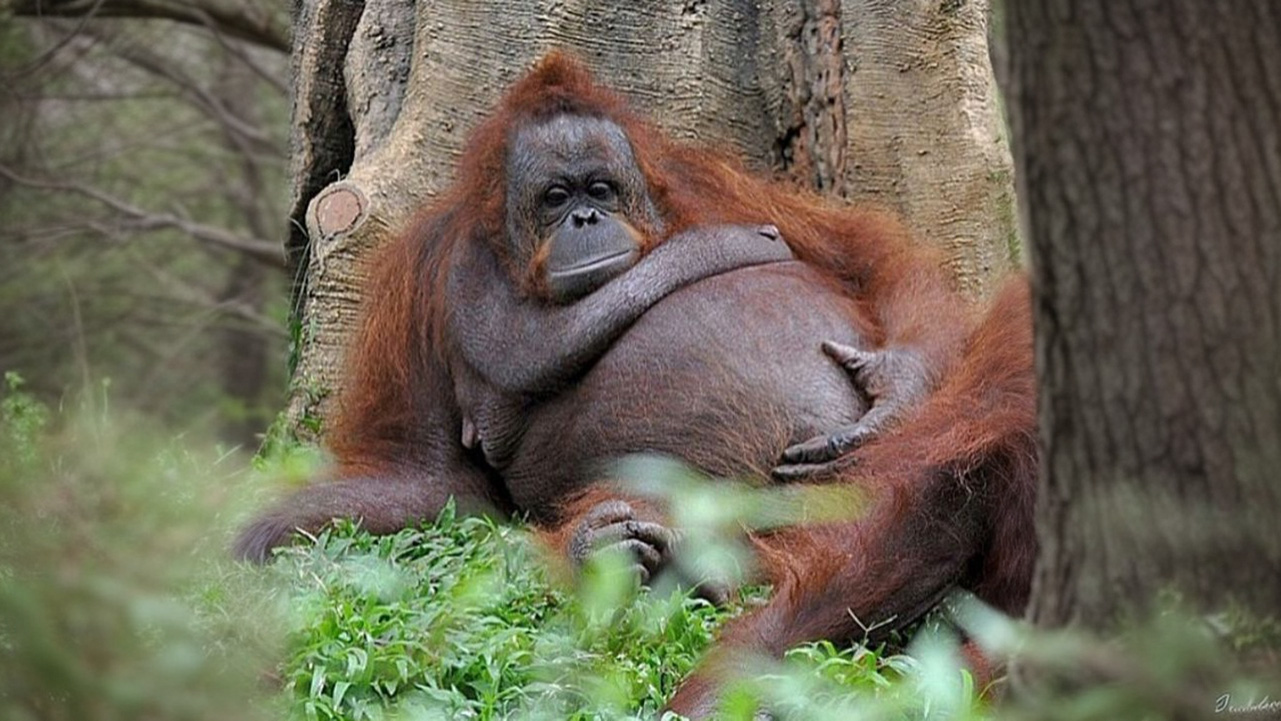1. The Origins of the Maya Calendar

The origins of the Maya calendar trace back to the early development of the Maya civilization, which flourished in Mesoamerica around 2000 BCE. Renowned for their precise observations of celestial movements, the Maya created an advanced system of timekeeping. Their calendar was deeply integrated into their religious practices, agricultural cycles, and societal organization, serving as more than just a tool for marking days. Among the most notable calendar systems developed by the Maya are the Haab and the Tzolk’in. The Haab, a solar calendar, spans 365 days, while the Tzolk’in consists of 260 days. These two systems interlock to form the 52-year Calendar Round, a larger cycle that reflects the Maya's remarkable understanding of astronomy and their ability to track celestial phenomena with precision. The Haab was primarily used for agricultural purposes, guiding planting and harvesting seasons, while the Tzolk’in was central to religious rituals and ceremonies. The Maya believed that each day carried unique significance, influencing everything from spiritual practices to farming decisions. This dual calendar system allowed the Maya to align their daily lives with the cosmic order, reflecting their worldview of interconnectedness. In addition to these calendars, the Maya developed the Long Count calendar, a linear system designed for tracking extensive spans of time. The Long Count consists of baktuns, each lasting approximately 394 years, and was used to document historical events and significant milestones within Maya civilization. This system enabled the Maya to construct a timeline that extended far beyond their immediate experiences. The origins of the Maya calendar highlight their sophisticated understanding of the cosmos and time. By meticulously observing celestial movements, the Maya created a system that not only governed their agricultural practices but also played a vital role in their spiritual lives. Their calendars embodied a worldview in which time was cyclical and deeply connected to the universe. Delving into the Maya calendar reveals layers of meaning and complexity that underscore the brilliance of this ancient society. Their ability to predict celestial events and align their calendars with agricultural cycles reflects a profound respect for the natural world. This foundational knowledge laid the groundwork for the rich spiritual and cultural traditions that defined the Maya civilization for centuries.
Advertisement
Recommended Reading: 10 Things Flight Attendants Rarely Talk About, Plus Tips to Make Your Flights More Comfortable
You are viewing page 1 of this article. Please continue to page 2
























Builds trust through structure.
Pulses with constructive intent.